In Focus: Why Dora Maar’s vision placed her in the first rank of Surrealists
The brilliant, innovative photographer at the forefront of Surrealism was much more than merely Picasso’s mistress, says Matthew Dennison.
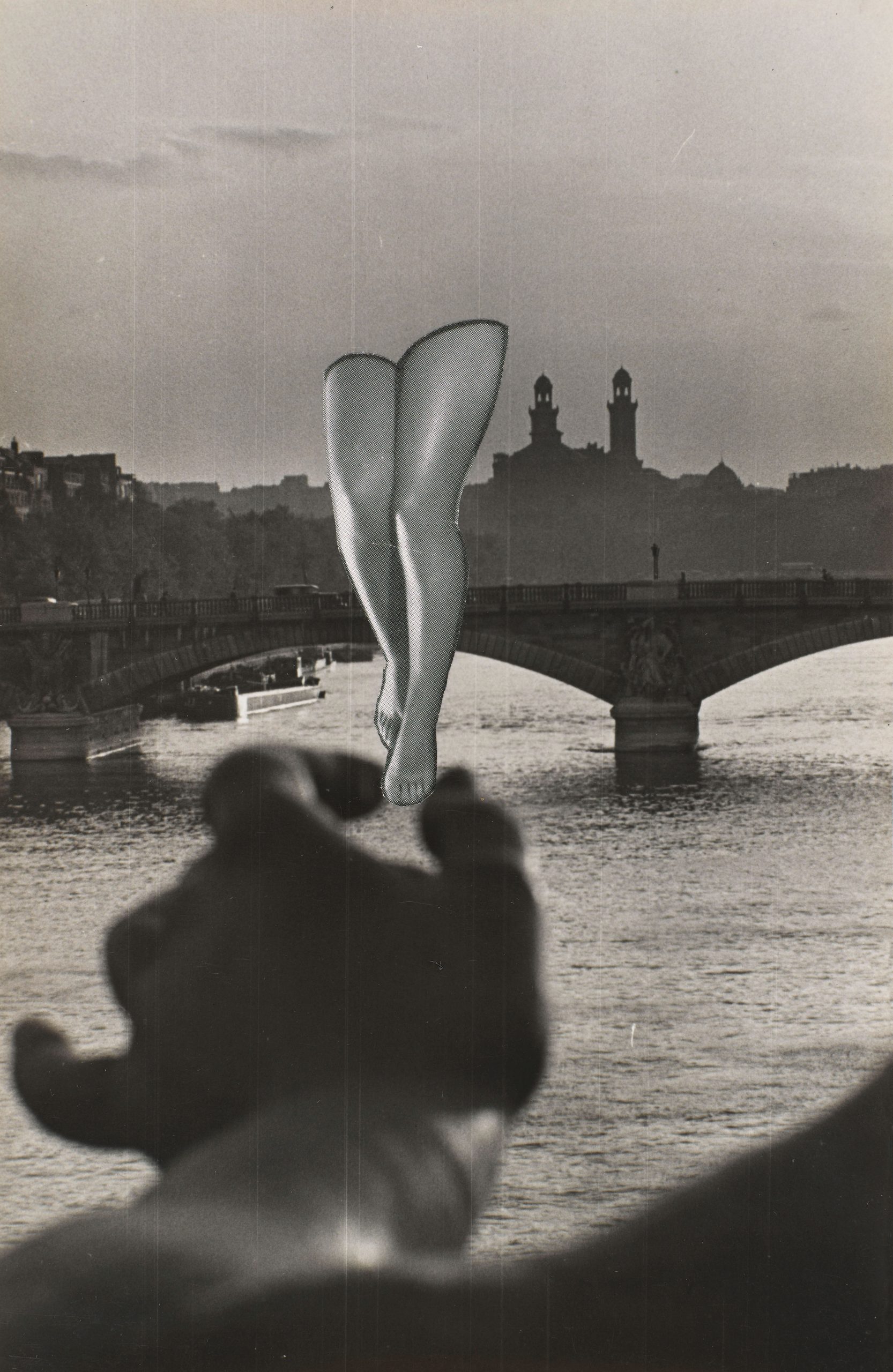
Posterity frequently distorts, both its verdicts and its remembering unreliable. In the case of Dora Maar, currently the subject of a large-scale retrospective at Tate Modern – the first in this country and a joint undertaking with Paris’s Centre Pompidou and the J. Paul Getty Museum in California – she is chiefly remembered as Picasso’s mistress and the ‘weeping woman’ of a number of portraits he created in the late spring and early summer of 1937.
‘Dora, for me, was always a weeping woman,’ Picasso commented on the artist, who died at the age of 89 in 1997, and so she has survived into a new century. Picasso’s schematic, deconstructed, vigorously coloured profile portraits of Maar – stricken expression, tears like spilt seeds or shards of glass – conferred on her a distinctive immortality that is successfully challenged in this exhibition, which seeks to present the entirety of Maar’s long and varied career as an artist.
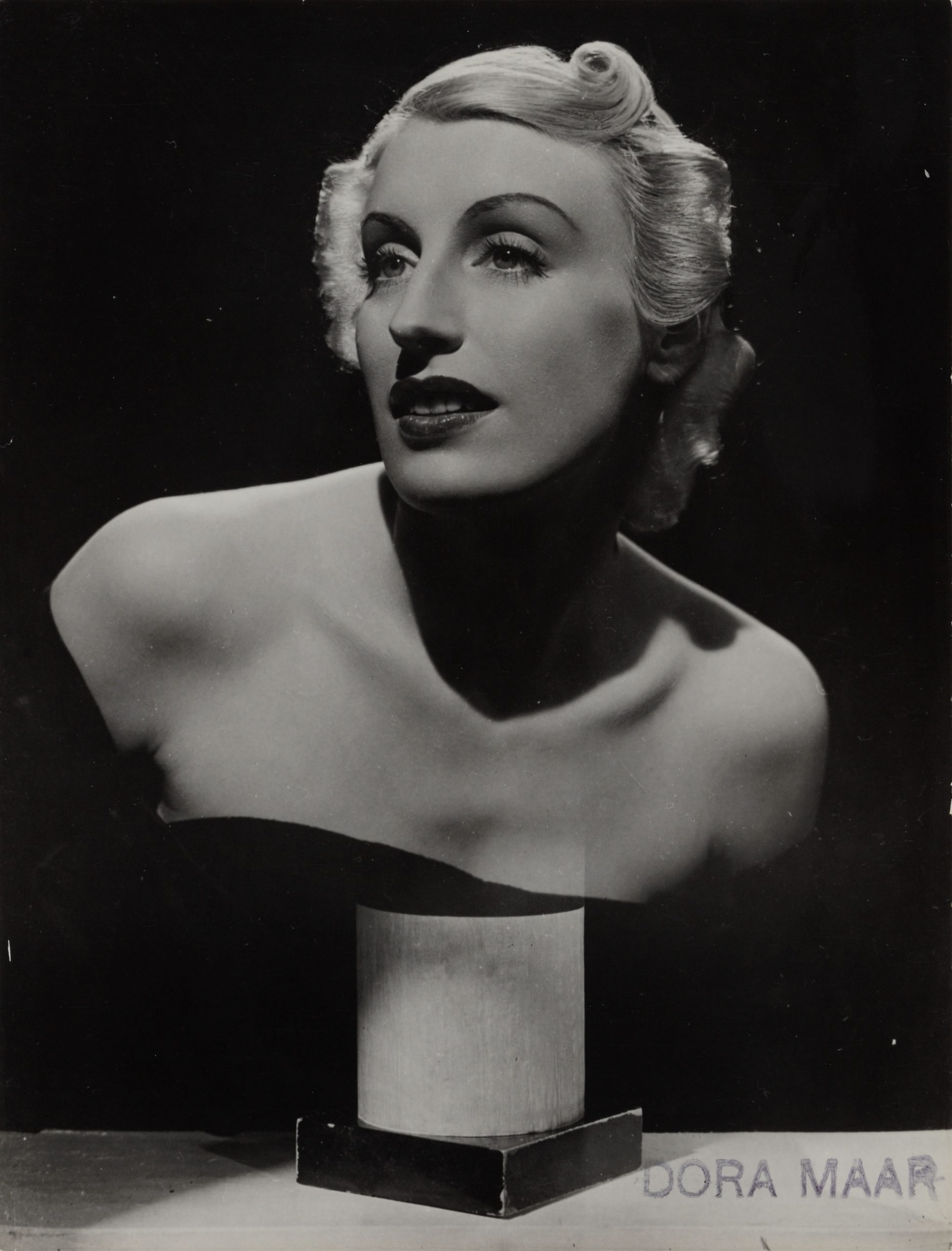
That career has obvious appeal for the ‘MeToo’ generation eager to redress the balance between the sexes that has typically celebrated male achievement more fully than female. Maar was admired and celebrated – and had enjoyed a degree of commercial success – before she met Picasso. Indeed, the bulk of her most distinctive work predates their relationship.
Her early decision to modify her name from Henriette Theodora Markovitch to Dora Maar suggests a desire for autonomy. Although her decision as a young woman to pursue photography rather than painting, having studied both, was almost certainly economic in inspiration – photography was profitable, fashionable and popular in Paris in the early 1930s – she brought to the medium something distinctively and unapologetically her own.
Maar’s vision placed her in the first rank of Surrealist photographers: she was the only photographer whose work featured in all the large-scale Surrealist exhibitions of the 1930s international art scene.
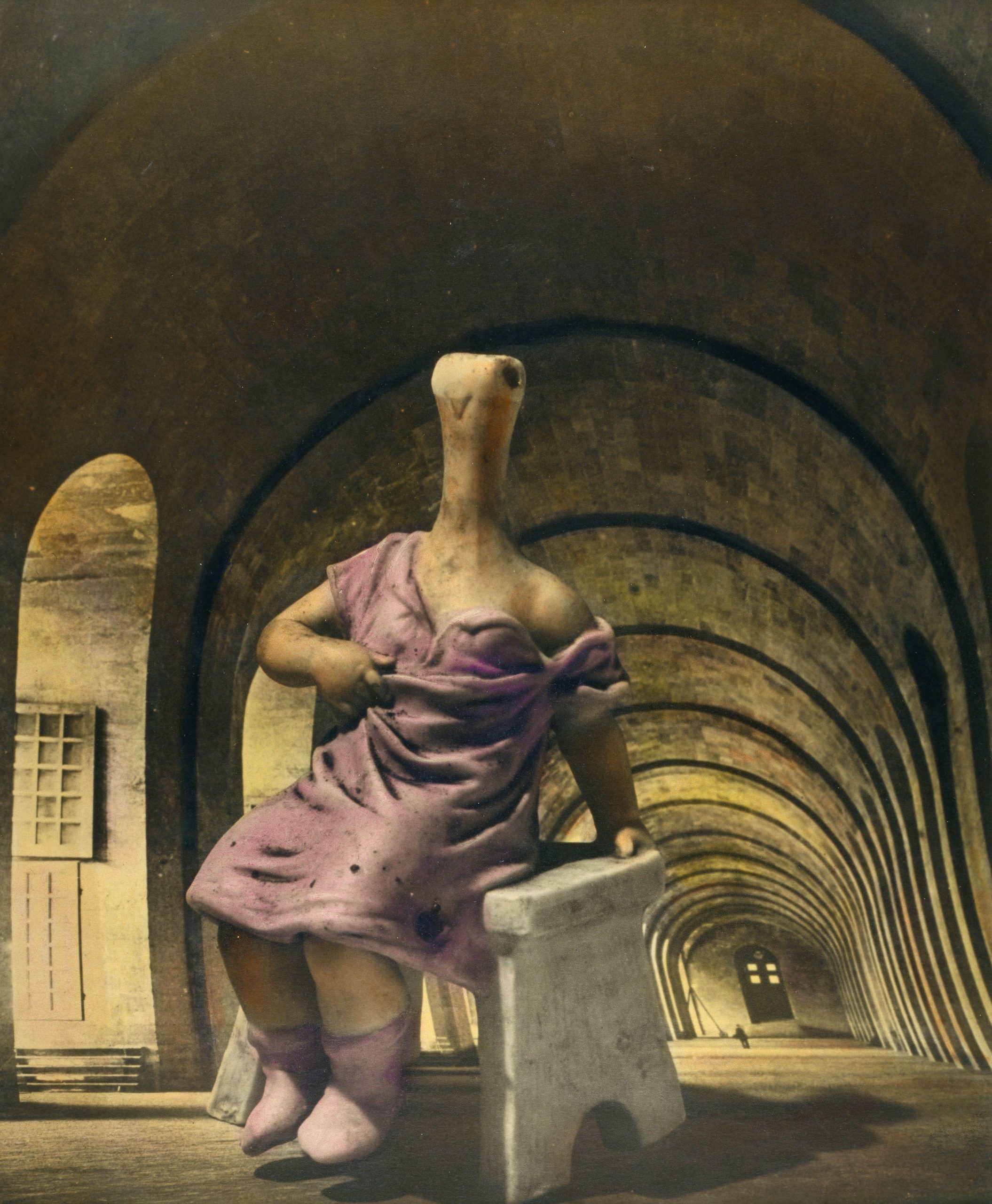
Even today, her photographic collages and photomontages retain the power simultaneously to disorientate and to beguile. Two untitled images of glass eyeballs are by turns shocking and winsome, inviting inevitable comparison with Salvador Dalí, but humorous, too, with a spare beauty, and equally capable of appalling.
Untitled (Hand-Shell) of 1934, by contrast, could serve as a poster for inter-war Surrealism. It is elegant and stylised, with an inarguable internal logic, bold contrasts of light and shade and a delight in form, from the shell’s spotted whorls to the marble curves of the female fingers.
Sign up for the Country Life Newsletter
Exquisite houses, the beauty of Nature, and how to get the most from your life, straight to your inbox.
The magnificently odd 29, rue d’Astorg of the following year, one of Maar’s best-known works, juxtaposes wholly incongruous elements so skilfully that it challenges the viewer to doubt its reality even as we recognise its fantastical inspiration. The hideous figurine, placed in a vaulted corridor of the palace of Versailles, is quite at home – and entirely unreal.
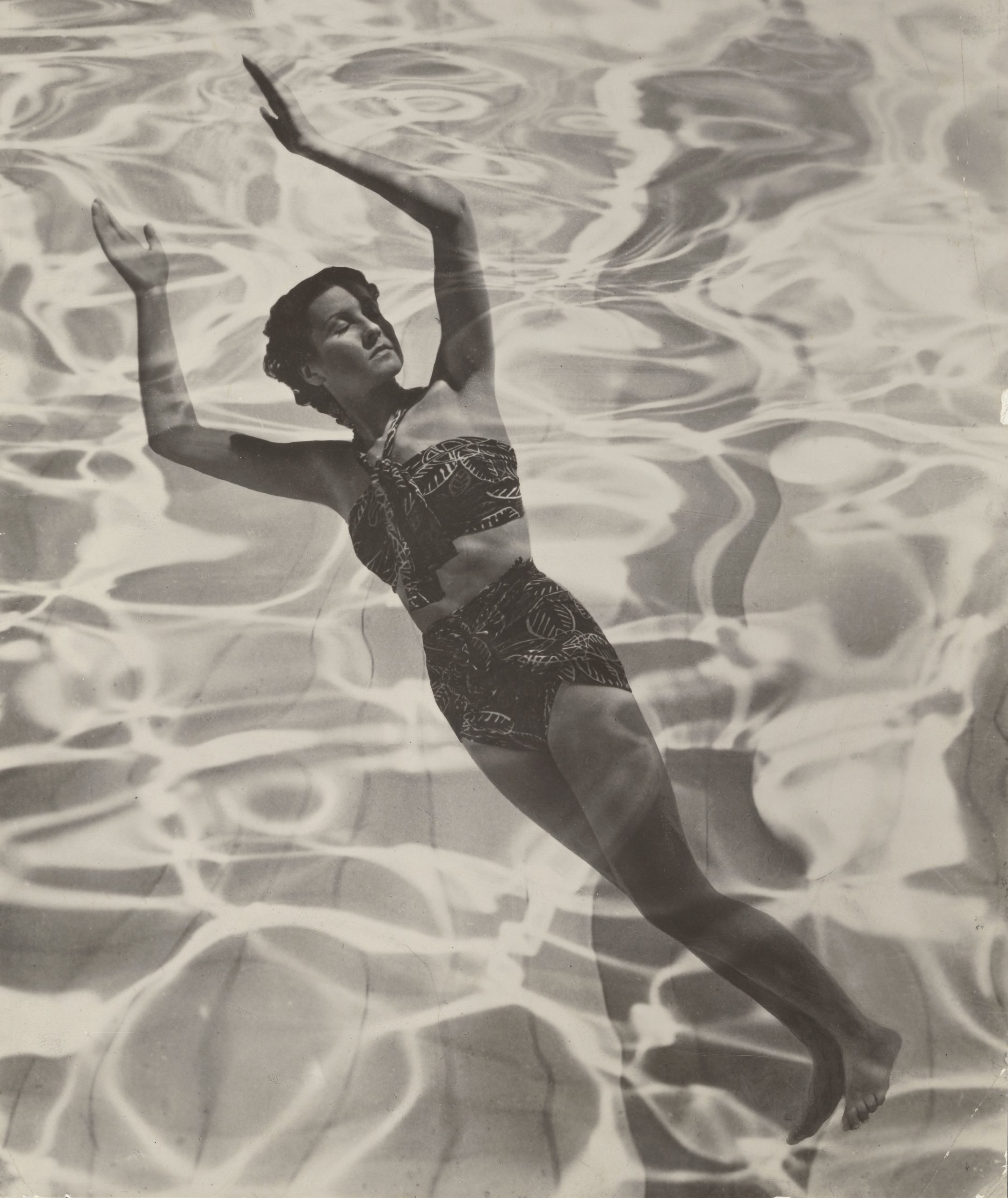
The strength of the current exhibition is the breadth of its overview of Maar’s career as photographer. Her Picasso-influenced paintings of the 1940s, with their thick black outlines and sometimes dingy colours, and the abstract landscapes she completed late in life, lack the vigour and brio of much of her street photography and even her commercial photography for fashion and beauty houses. Images such as Shampooing (Woman’s Hair with Soap) (1934) combine the intimacy of an unnecessary selfie with the subject’s transformation into foaming maenad.
A number of related pictures stunningly appear to blur the distinctions between reality and statuary, dramatic chiaroscuro turning Maar’s female subjects into Classical busts, each lash, curl and lip crisply carved from palest stone in what becomes a powerful commentary on the unrealistic pressures and expectations imposed on women by the beauty industry, even 85 years ago.
The Years Lie in Wait For You must have startled viewers in 1935: Maar superimposed on a flawless female portrait an image of a spider’s web, complete with spider. More than a caution against vanity, it provokes both fear and pity.
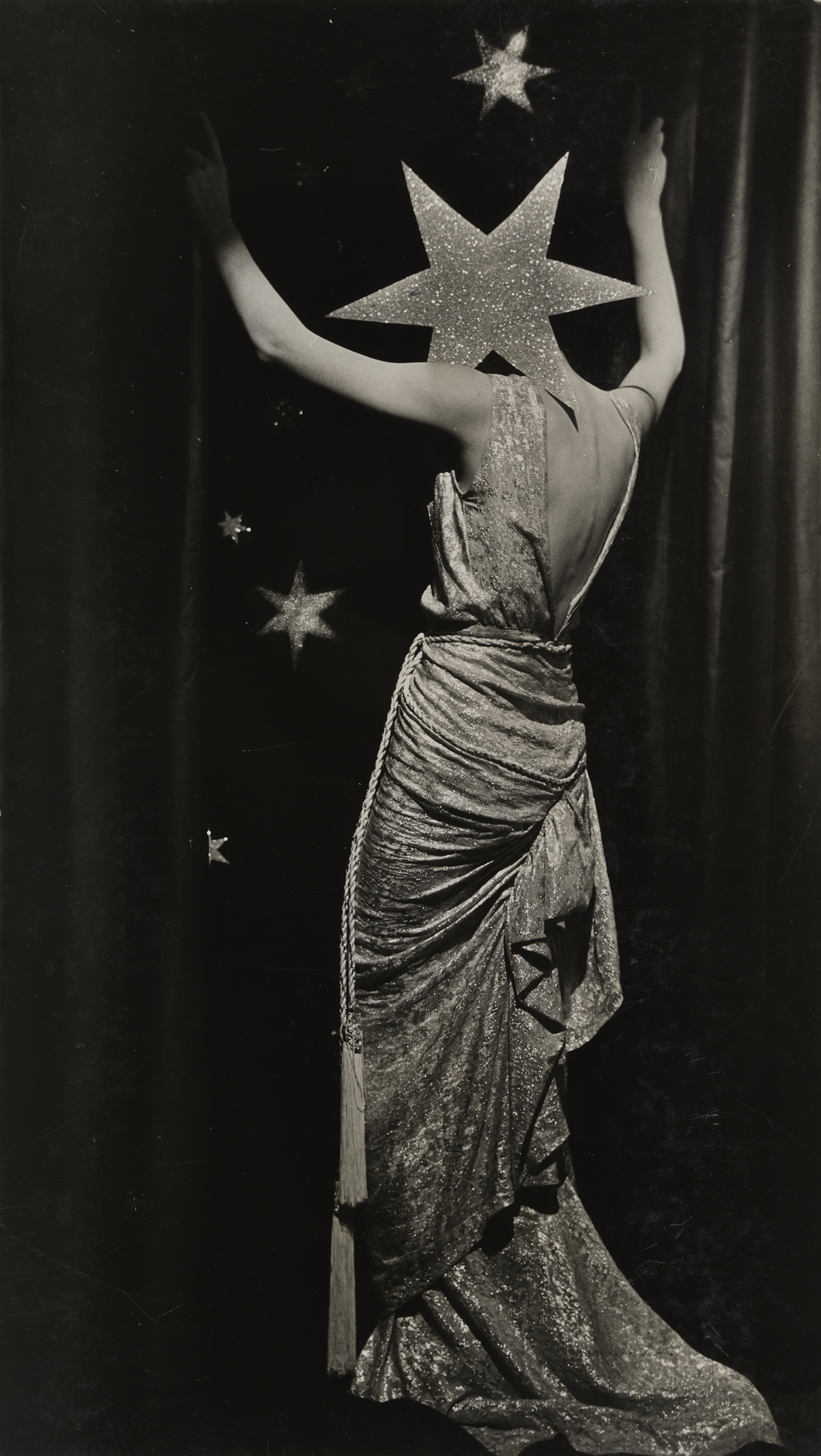
Maar’s street photography from Paris, London and Barcelona, partly inspired by her strongly anti-Fascist leanings, includes, nevertheless, extensive evidence of her interest in abstract form: images of cranes, bridges, metal benches and park railings. Her view is never mundane. Untitled (Man Looking Inside a Sidewalk Inspection Door) resembles a still from a Laurel and Hardy film and she reimagines Kew Gardens as a brightly lit tropical Eden.
She reveals her humanity in many images of the grotesque and the disadvantaged, strikingly unvoyeuristic photographs that retain a power to move, such as Untitled (Old Woman Selling Lottery Tickets, London) or Untitled (Ragpicker), both from 1934. In such pictures, Picasso’s weeping woman teaches the viewer to weep afresh.
‘Dora Maar’ is at Tate Modern, Bankside, London SE1, until March 15, www.tate.org.uk
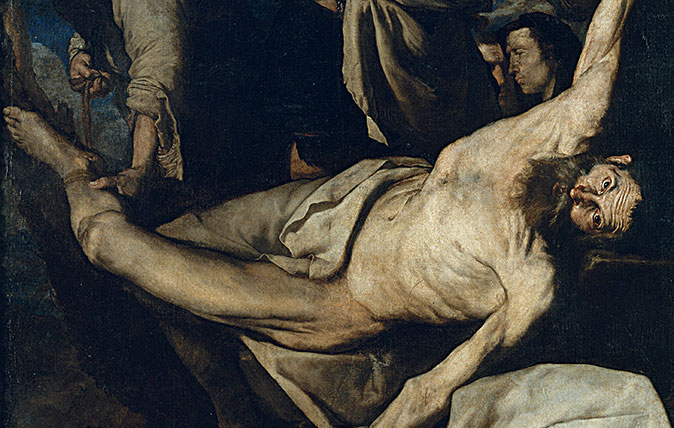
In Focus: The Spanish painter whose visceral depictions of martyrdom still have the power to shock
The unflinching representations of brutality in Jusepe de Ribera's images of martyrdom is the focus of a new exhibition, the
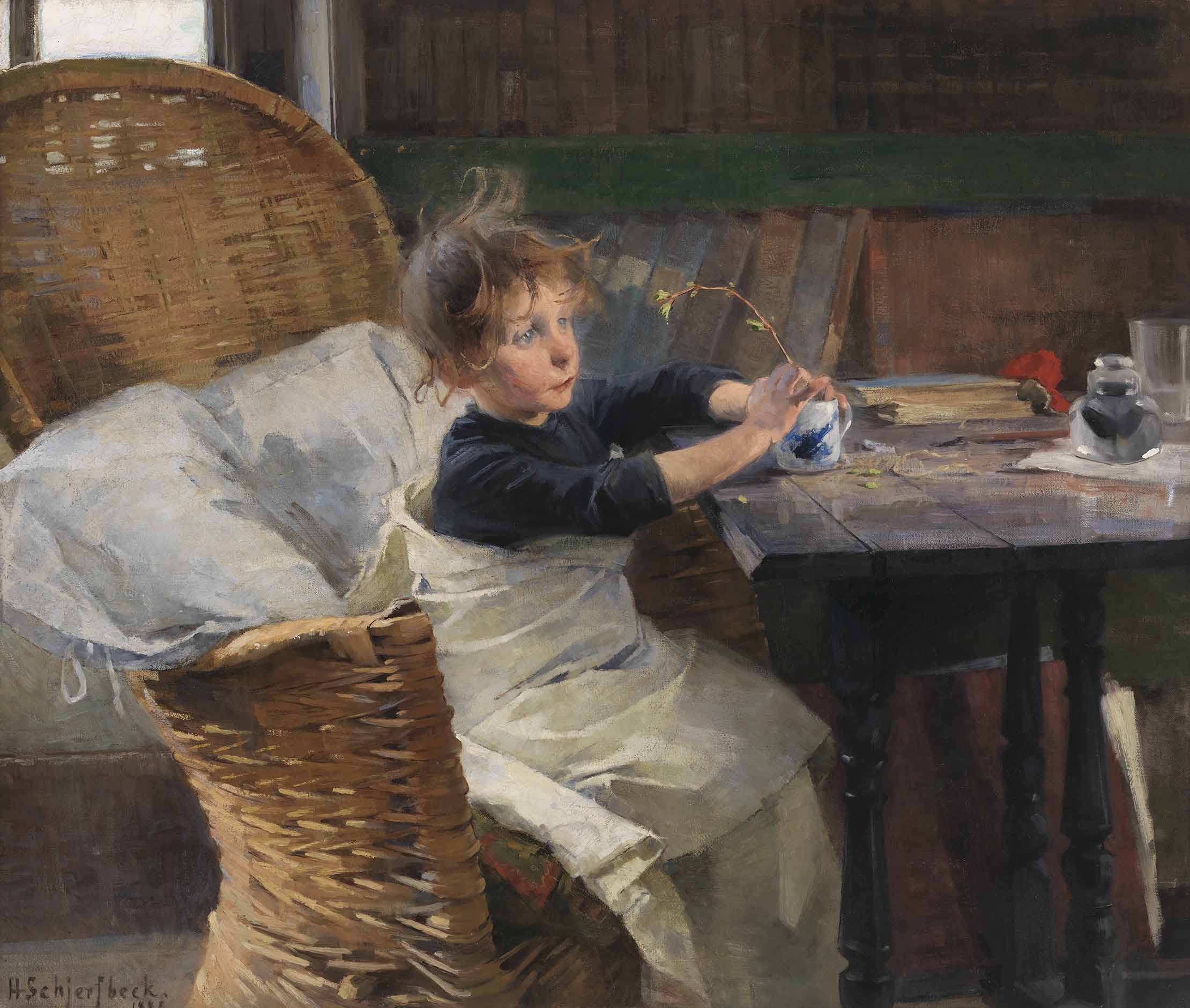
In Focus: The masterpiece painted in Cornwall by an iconic Finnish artist
Helen Schjerfbeck is a national icon in Finland but hasn't had a solo exhibition in Britain since the 19th century.
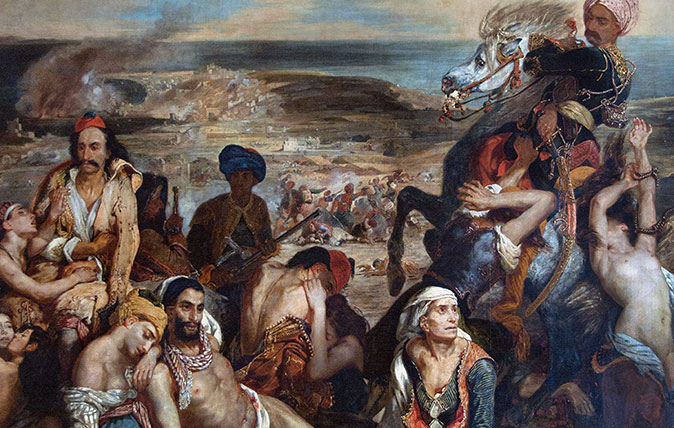
Credit: Alamy
In Focus: A grim masterpiece of the French painter who became the ultimate storyteller in paint
Laura Freeman examines the brilliance and bravado of Eugène Delacroix’s paintings – including an extraordinary recreation of one of the most
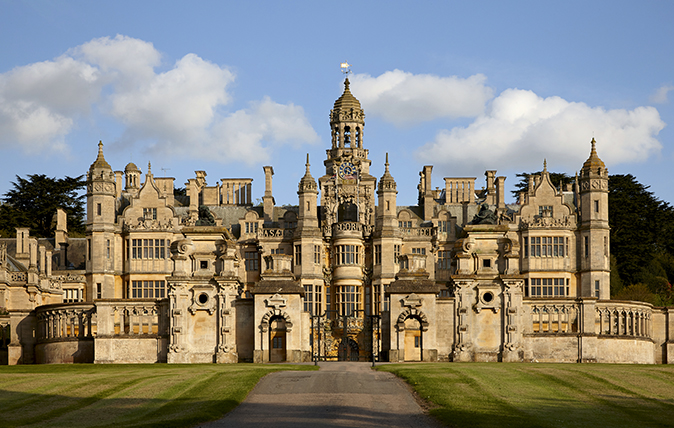
Credit: ©Paul Highnam/Country Life Picture Library
In Focus: The greatest Victorian houses in Britain, as featured in a magnificent one-off magazine
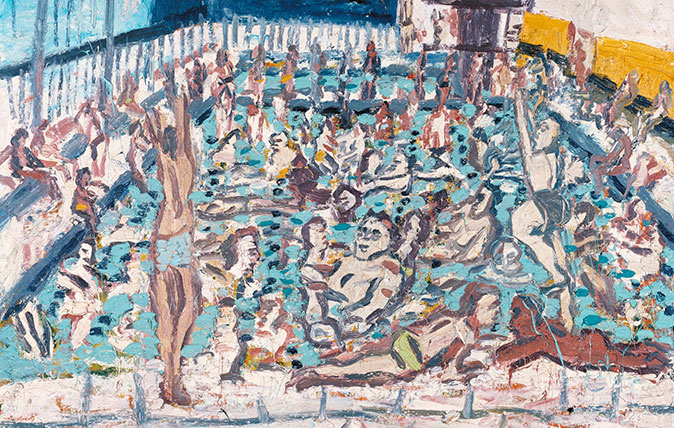
Credit: Leon Kossoff Children's Swimming Pool, Autumn Afternoon 1971. Tate © Leon Kossoff
In Focus: An idyllic sunny afternoon, evoked by a leading light of the School of London
Lilias Wigan takes an in-depth look at Leon Kossoff's Children's Swimming Pool, Autumn Afternoon, one of the pictures on show
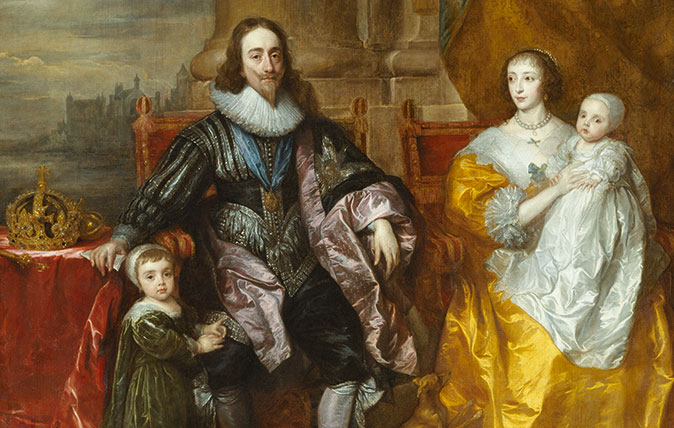
In Focus: The Van Dyck portrait that shows Charles I as monarch, connoisseur and proud father
Lilias Wigan takes a detailed look at Van Dyck's Greate Peece, one of the highlights of the Royal Academy's stunning
-
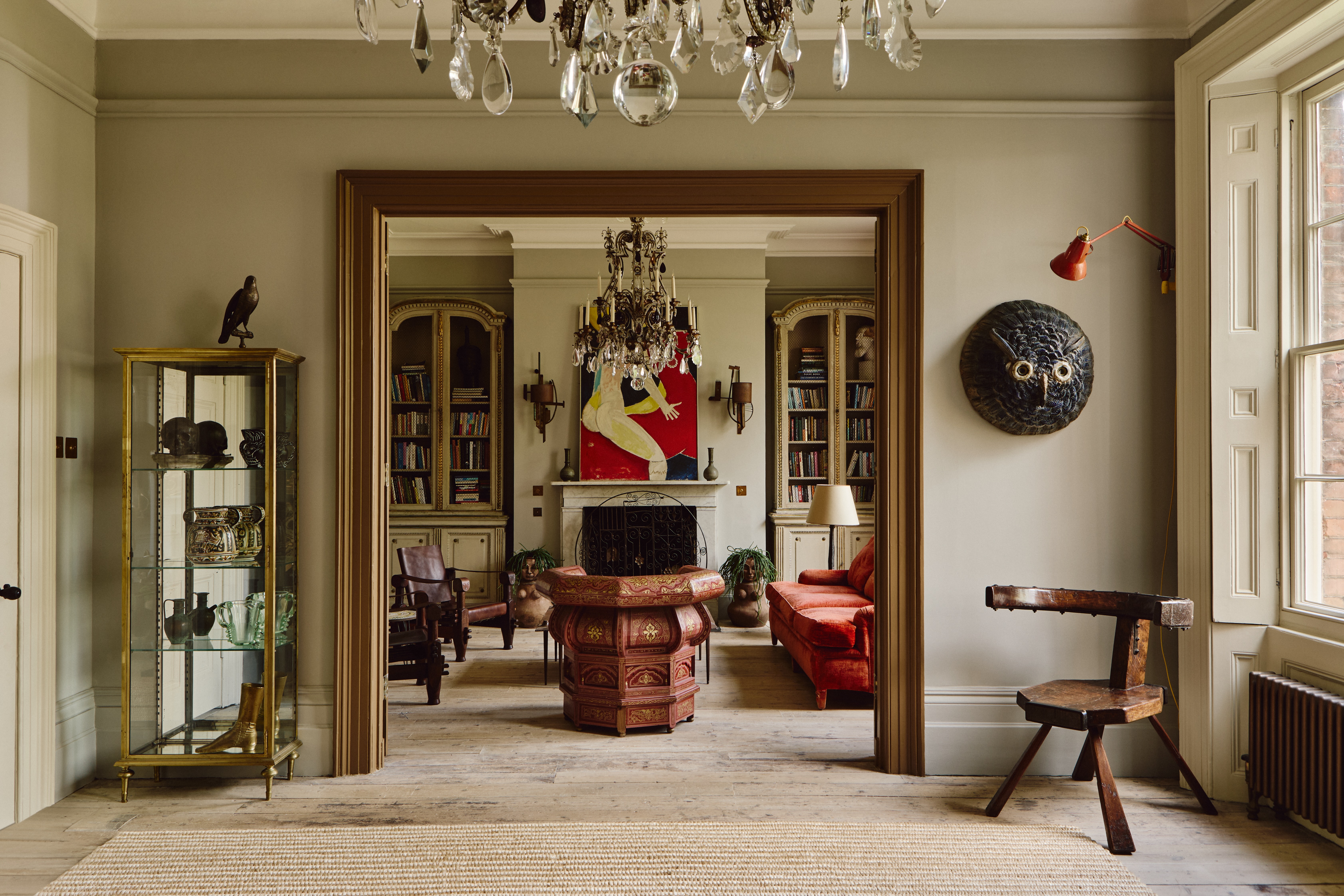 ‘It had the air of an ex-rental, and that’s putting it politely’: How an antique dealer transformed a run-down Georgian house in Chatham Dockyards
‘It had the air of an ex-rental, and that’s putting it politely’: How an antique dealer transformed a run-down Georgian house in Chatham DockyardsAn antique dealer with an eye for colour has rescued an 18th-century house from years of neglect with the help of the team at Mylands.
By Arabella Youens
-
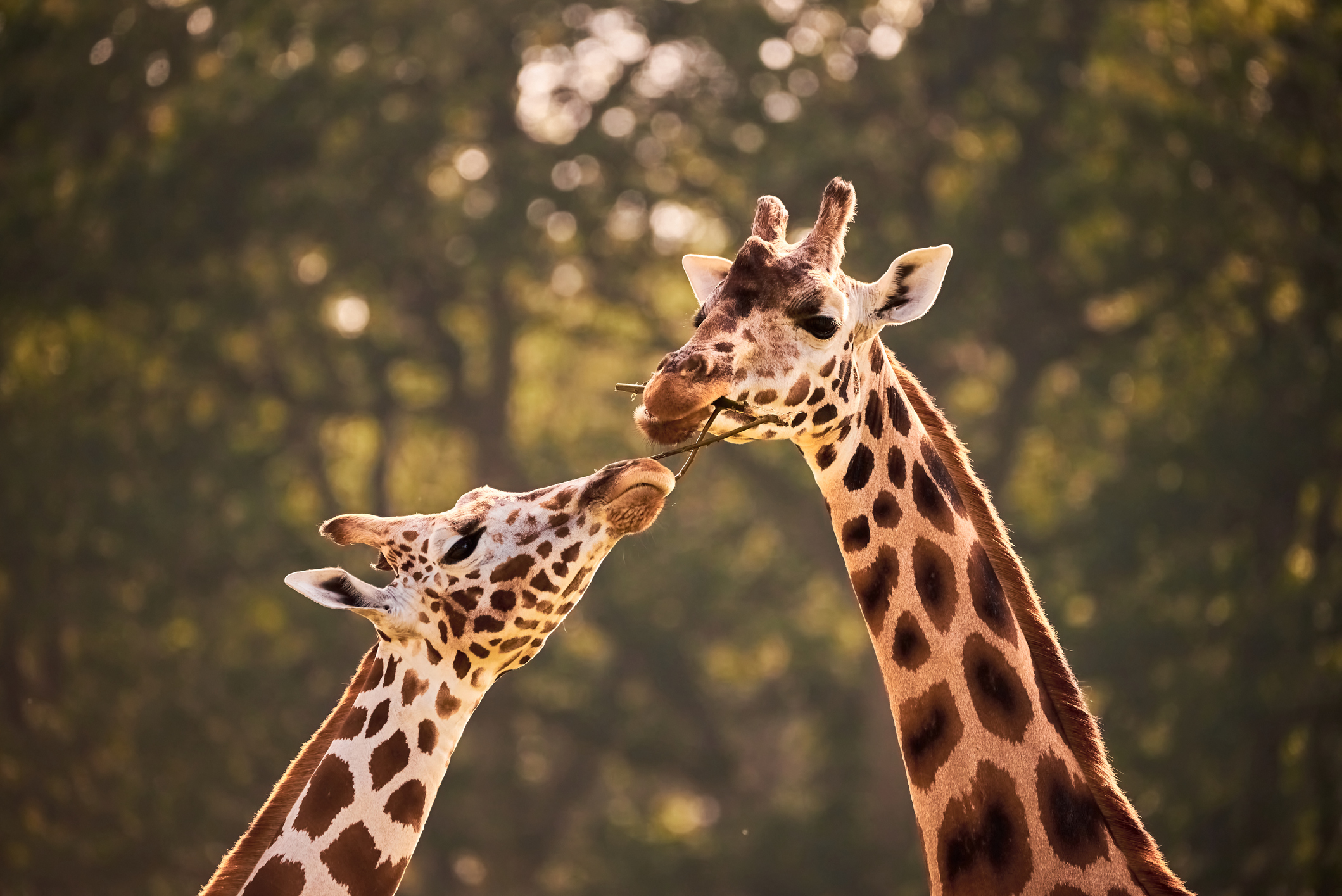 You're having a giraffe: Country Life Quiz of the Day, April 25, 2025
You're having a giraffe: Country Life Quiz of the Day, April 25, 2025Friday's Quiz of the Day brings your opera, marathons and a Spanish landmark.
By Toby Keel
-
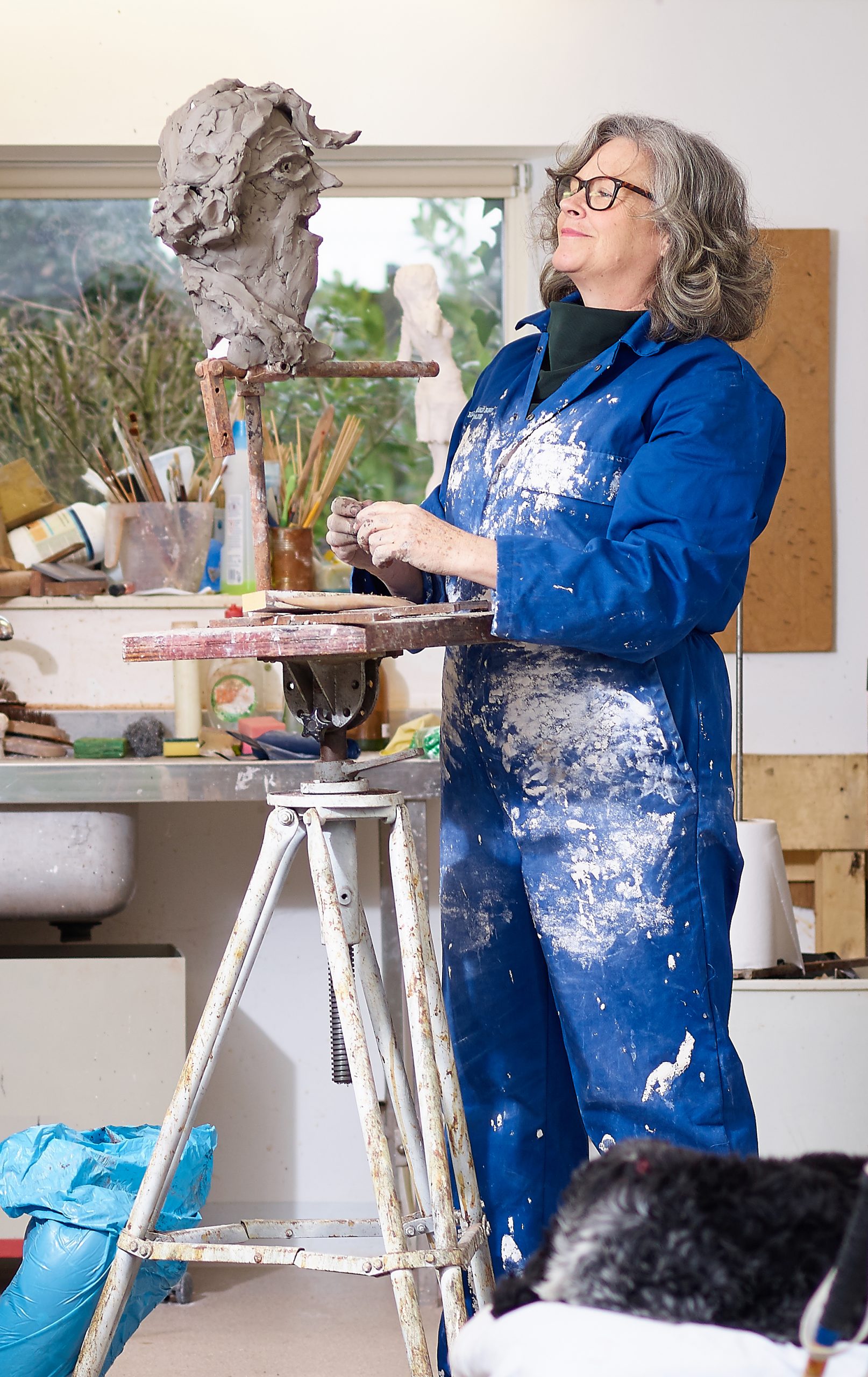 In Focus: How the 'Tottering Hall' cartoonist became a sculptor
In Focus: How the 'Tottering Hall' cartoonist became a sculptorBest known as the creative force behind Dicky and Daffy, it was her son’s death that prompted Annie Tempest to learn ‘the grammar of the sculptor’s language’, discovers Ian Collins.
By Country Life
-
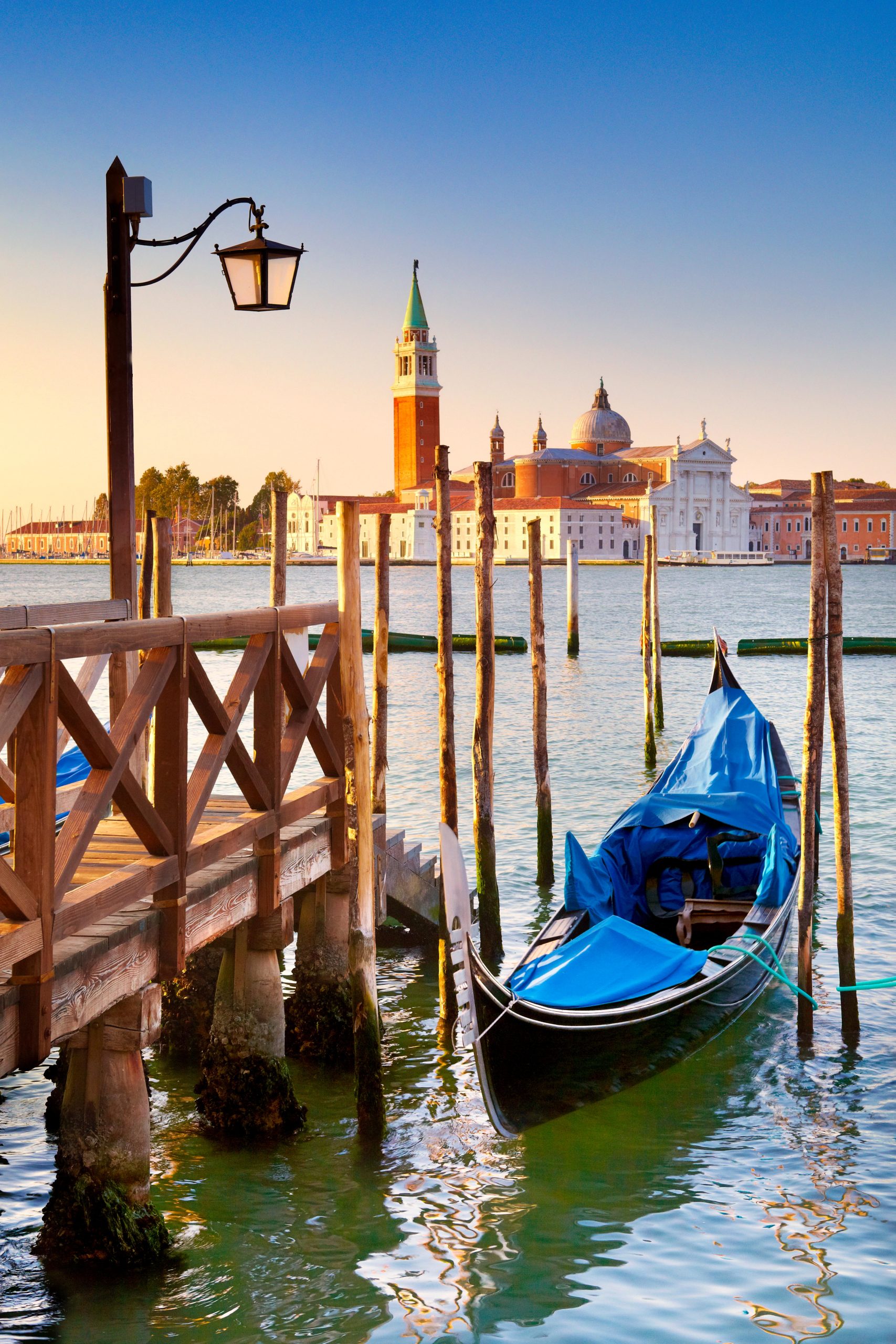 In Focus: How Italy inspired JMW Turner
In Focus: How Italy inspired JMW TurnerMary Miers considers how the country that fascinated Turner from youth shaped his artistic vision.
By Mary Miers
-
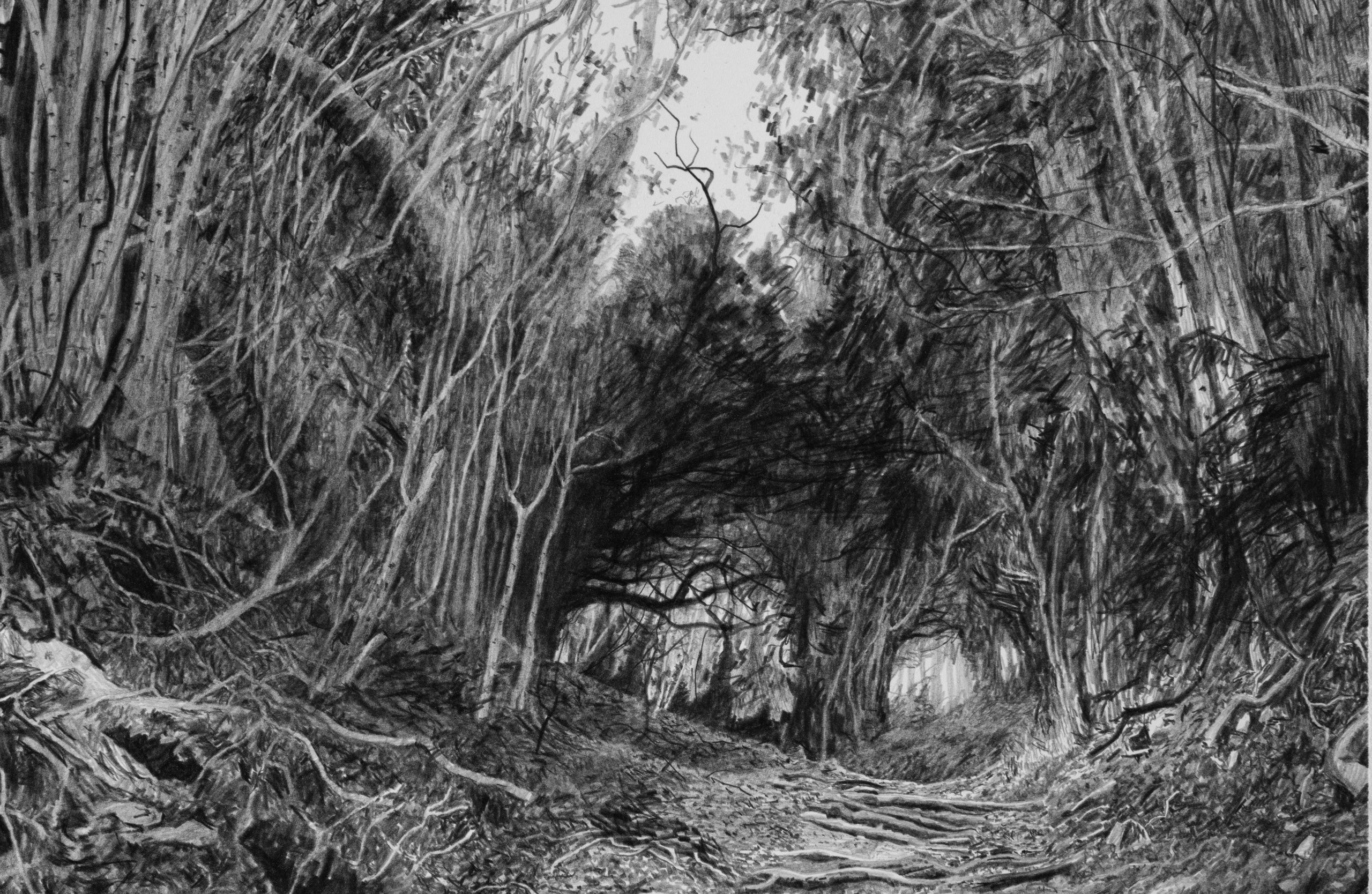 In Focus: Why the eerie thrives in art and culture
In Focus: Why the eerie thrives in art and cultureThe tradition of ‘eerie’ literature and art, invoking fear, unease and dread, has flourished in the shadows of British landscape culture for centuries, says Robert Macfarlane.
By Country Life
-
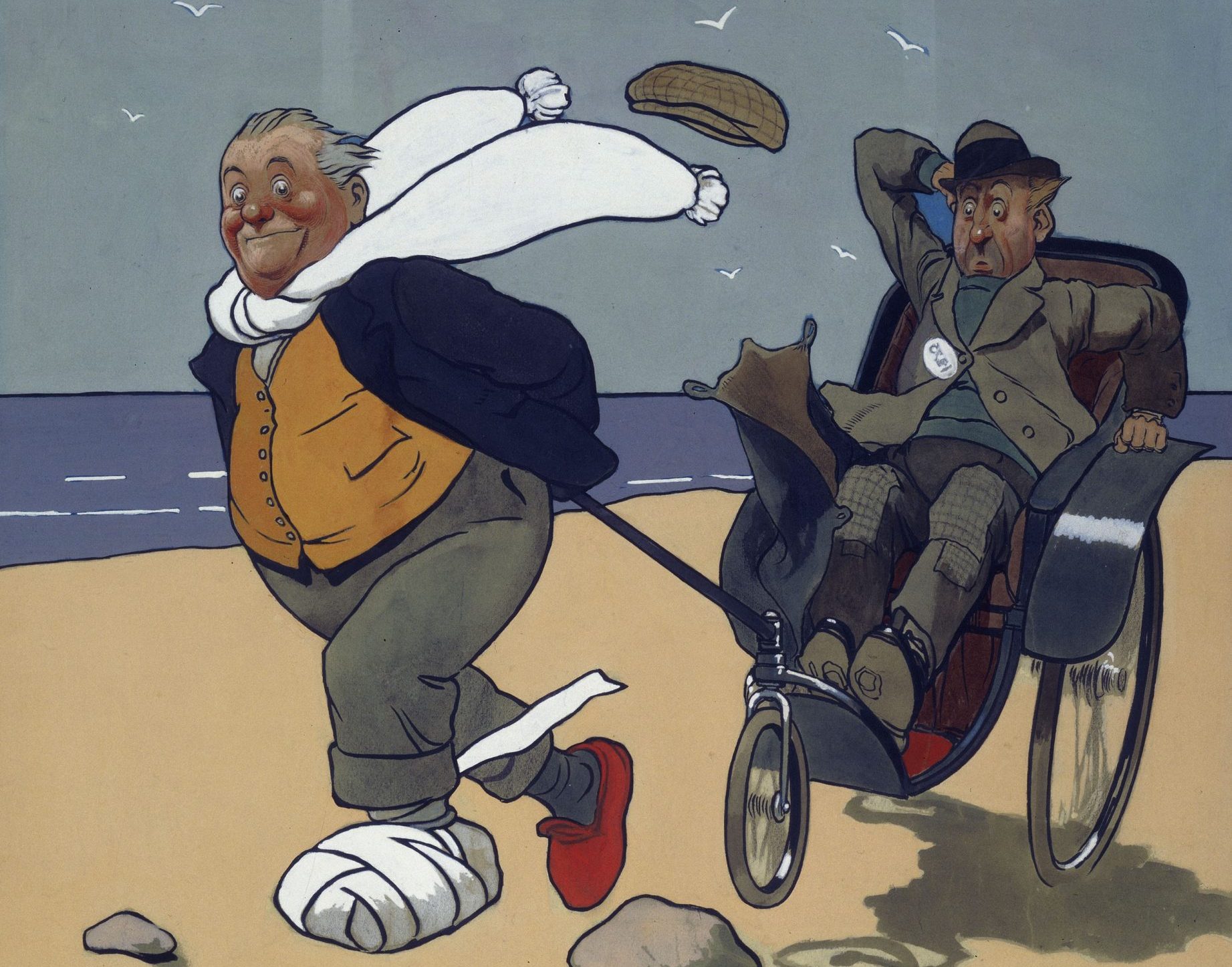 In Focus: John Hassall's iconic travel posters
In Focus: John Hassall's iconic travel postersThe works of British poster king John Hassall remain a breath of fresh seaside air, says Lucinda Gosling.
By Country Life
-
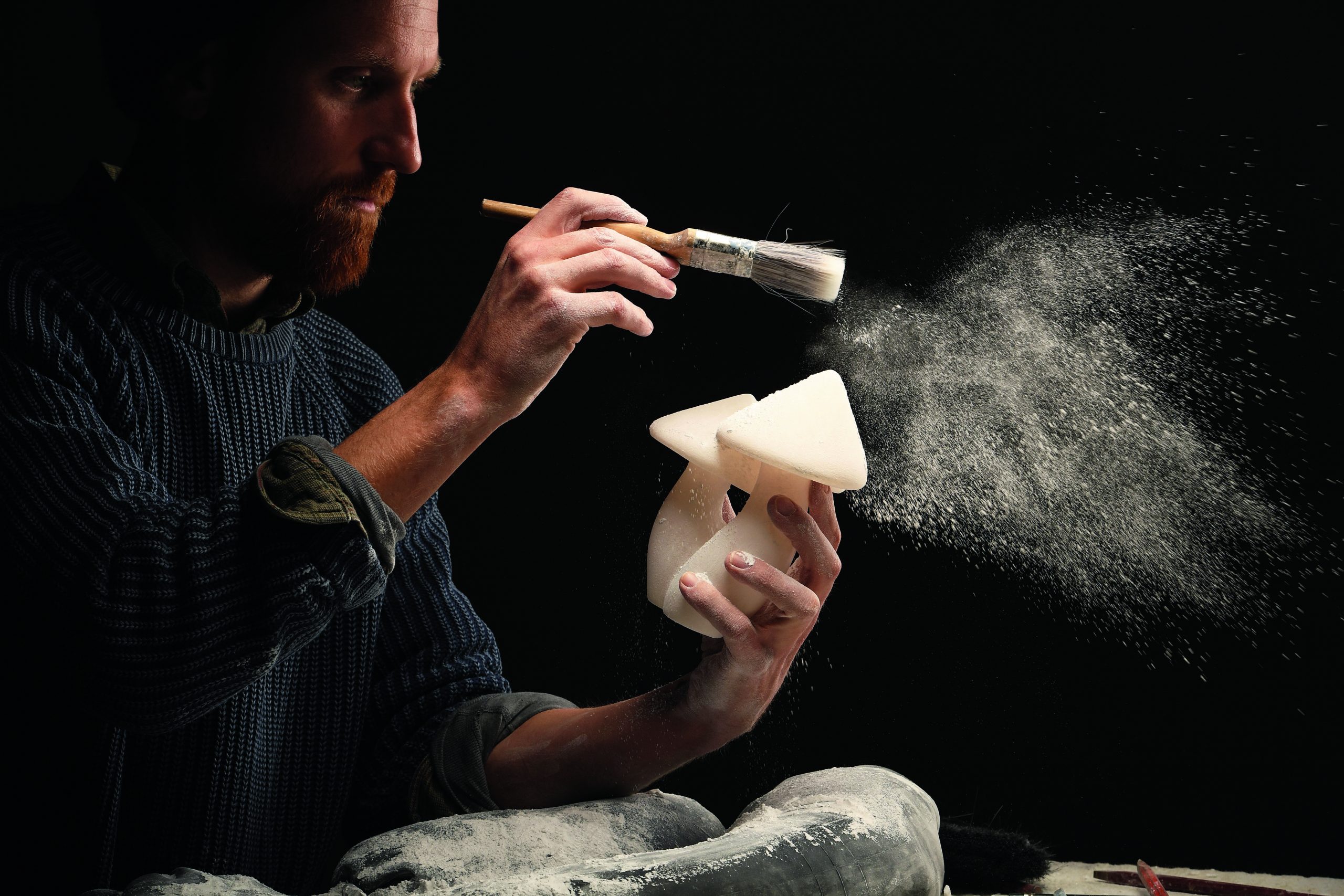 In Focus: the fungi sculptures that bend stone into soft, flowing forms
In Focus: the fungi sculptures that bend stone into soft, flowing formsThey may look as delicate and organic as the real thing, but Ben Russell’s sculptures of fungi, cacti and roots will outlast us all, believes Natasha Goodfellow.
By Country Life
-
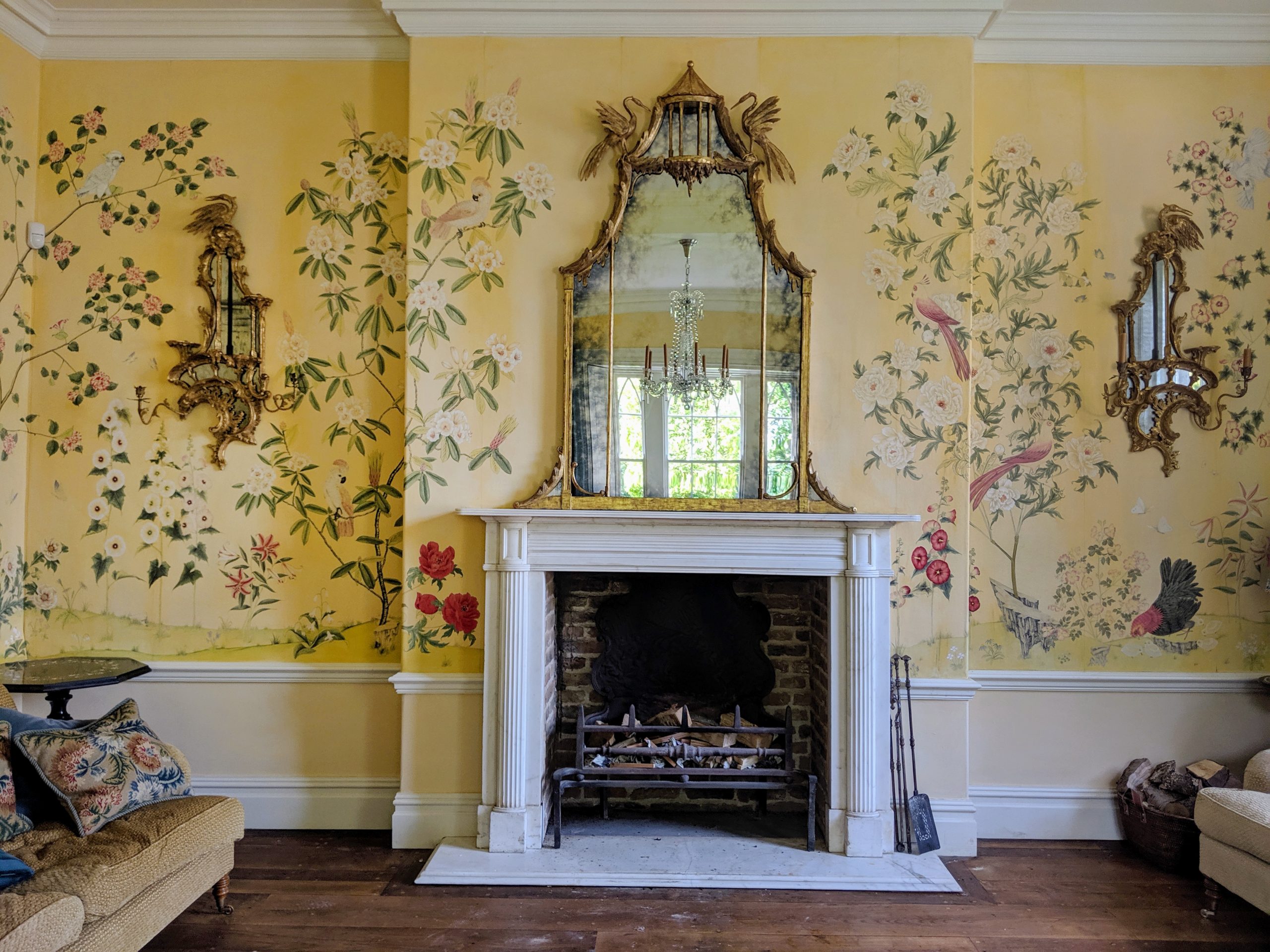 In Focus: How 21st century artists are reviving the art of the fresco
In Focus: How 21st century artists are reviving the art of the frescoOnce practised by Michelangelo, Raphael and da Vinci, the art of fresco creation has changed little in 1,000 years. Marsha O’Mahony meets the artists following in their footsteps.
By Country Life
-
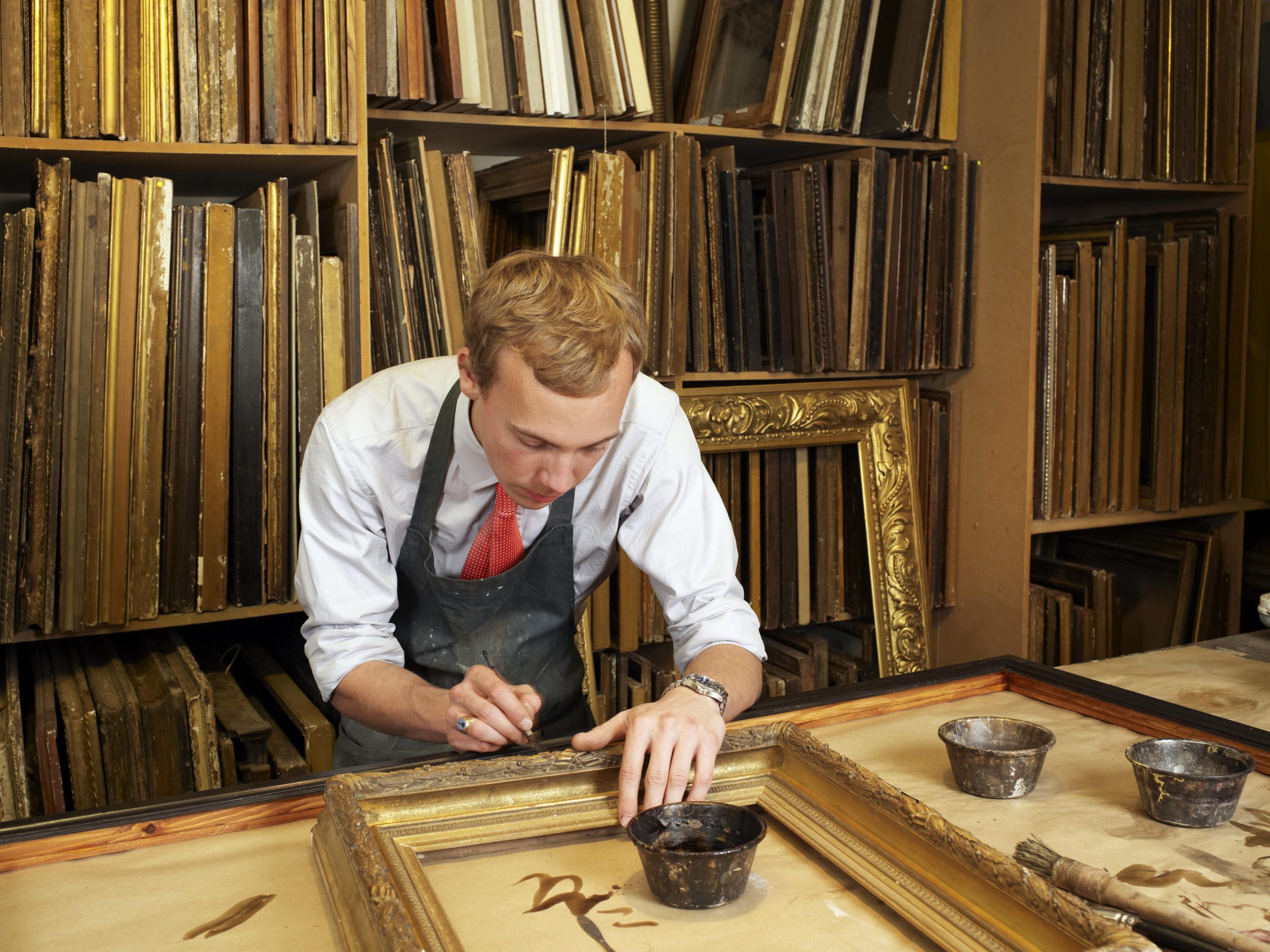 Why a good frame can be a work of art in its own right
Why a good frame can be a work of art in its own rightCatriona Gray retraces the history of frames, admires the craftsmanship required to make them and discovers what's the best way to preserve them.
By Country Life
-
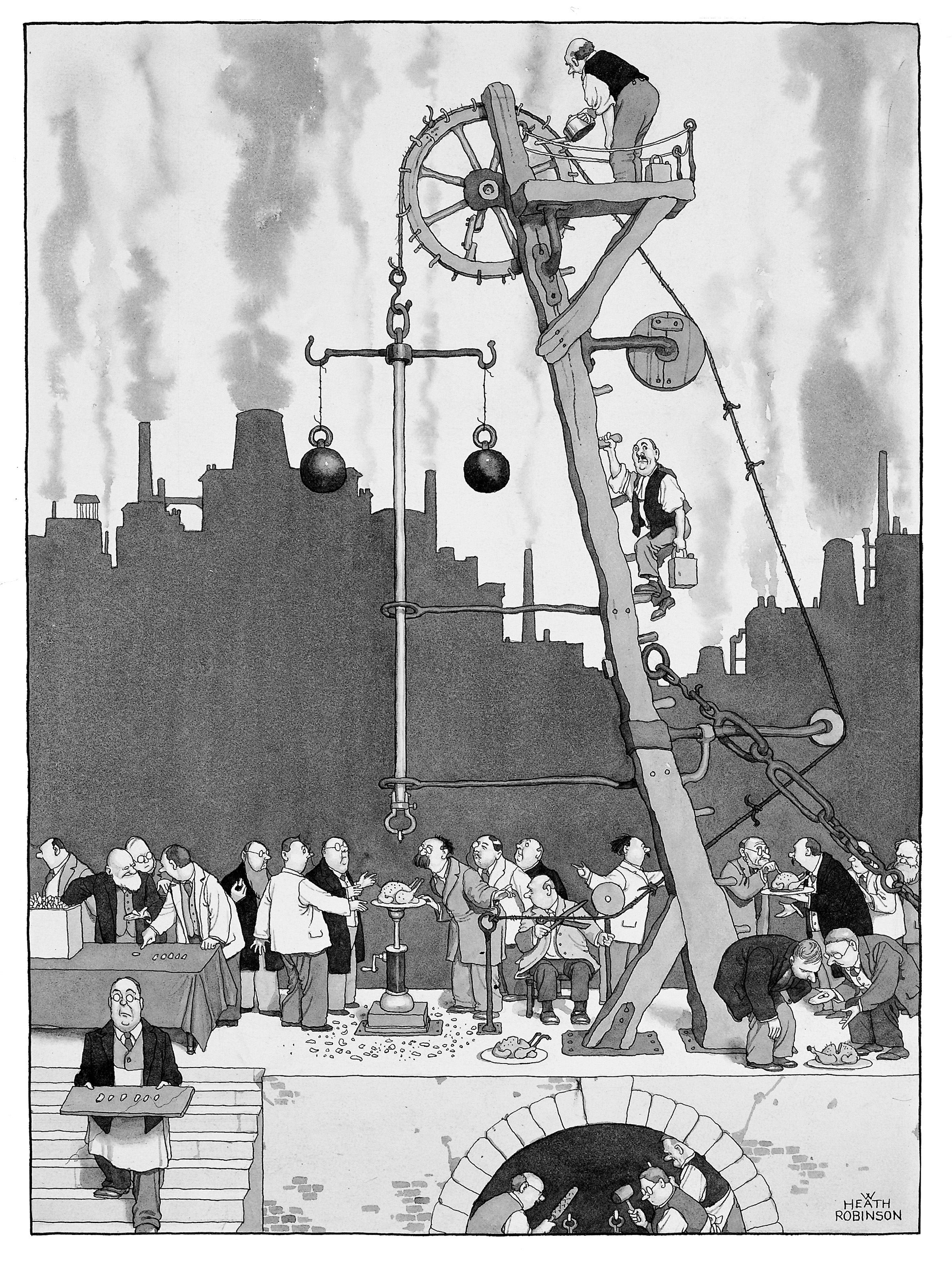 In Focus: The Heath Robinson Museum at Pinner, home to decades of gently satirised modern life
In Focus: The Heath Robinson Museum at Pinner, home to decades of gently satirised modern lifeHuon Mallalieu tells the story of the small museum in Middlesex, where you'll find the last records of the county before it became overrun by suburbia.
By Huon Mallalieu